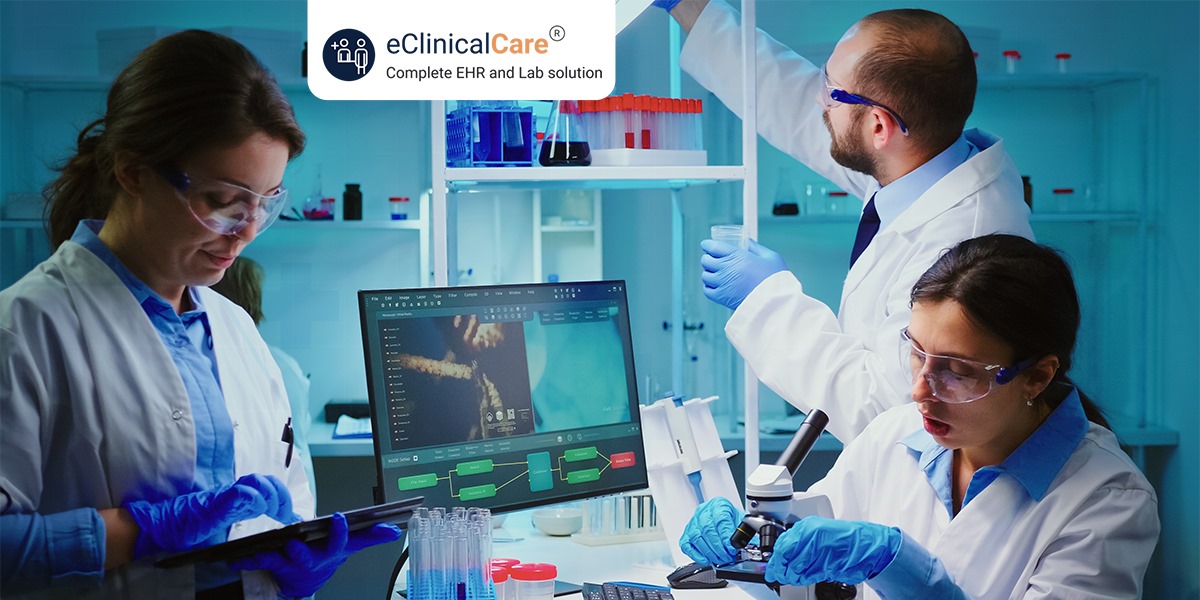Why Use a Lims? Key Benefits of Using LIMS in Your Laboratory

LIMS stands for Laboratory Information Management System.
It replaces paper-based and legacy systems and spreadsheets, which are often time-consuming, inaccurate, not secure, inconsistent, and lack any audit trail.
Let us learn about why to use a LIMS system in this blog in detail.
Choosing the best LIMS software for your laboratory requires studying the various options available today. Just as each laboratory work process is unique, every LIMS solution offers different functionalities designed for unique research environments.
LIMS Evolution
LIMS have evolved from simple sample tracking systems to comprehensive solutions processing sophisticated workflows, performing complex calculations, connecting systems, and handling all aspects of lab data management. So, they have become the digital backbone of labs and integral to a lab’s performance.
It’s important to note that not all LIMS systems are the same. Features, workflows, reports, integrations, and prices will all vary. There are solutions available for testing, research, and clinical labs of all sizes and complexities.
Objective of LIMS
A LIMS system’s main purpose is to help improve laboratory operations by managing laboratory data, streamlining workflows, and improving data quality.
A LIMS software pulls together all the information you generate in your laboratory into a standardized format so it’s easier for you to find, work with, securely share, and analyze.
What does LIMS software do?
LIMS software reduces time spent locating samples and records, entering data, calculating results, and generating reports. Hence, a LIMS not only increases the efficiency of a laboratory but also the pace of research and analysis, assisting compliance with quality and regulatory standards at the same time.
Why use a LIMS?
- LIMS system aids in the more efficient operation of your lab by acting as a virtual extension of your laboratory team.
- It boosts productivity by reducing the necessity for manual data entry, simplifying recurring tasks, facilitating integration with other systems, and offering immediate access to the necessary information.
- By showing you what resources you’re using and how often, it can help you make the most of any budget and funding.
- You can access and share data more easily and securely for greater collaboration. You can map your processes into a LIMS to instil good protocols, consistency, reproducibility, and quality control.
- It automatically audits each action for complete traceability, helping provide evidence for regulatory compliance. Some systems store clinical data, enabling you to conduct more targeted and focused work.
Highly Configurable LIMS and its Advantages
Highly configurable LIMS offers the benefits of a fully operational LIMS while also catering to the specific requirements of each laboratory. A configuration-centric approach provides a LIMS that is customized, adaptable, maintainable, and upgradeable over its lifespan.
- Providing the most suitable LIMS workflow for every situation consistently.
- Simplicity for staff in terms of learning and integration.
- A user-friendly system that eases their daily tasks.
- Streamlining and reducing unnecessary steps and interactions within the system.
- Enhancing speed, efficiency, and overall productivity.
- Accommodating individual workflows for individuals, groups, or locations.
- Supporting both single-user and multi-departmental, as well as multi-national systems.
Contemporary labs must handle extensive data storage, automate processes, and meet evolving regulatory standards. Laboratories worldwide are facing a substantial influx of data and are continuously seeking effective data management solutions. In light of the rapid technological progress, traditional laboratories have embraced modernization.



